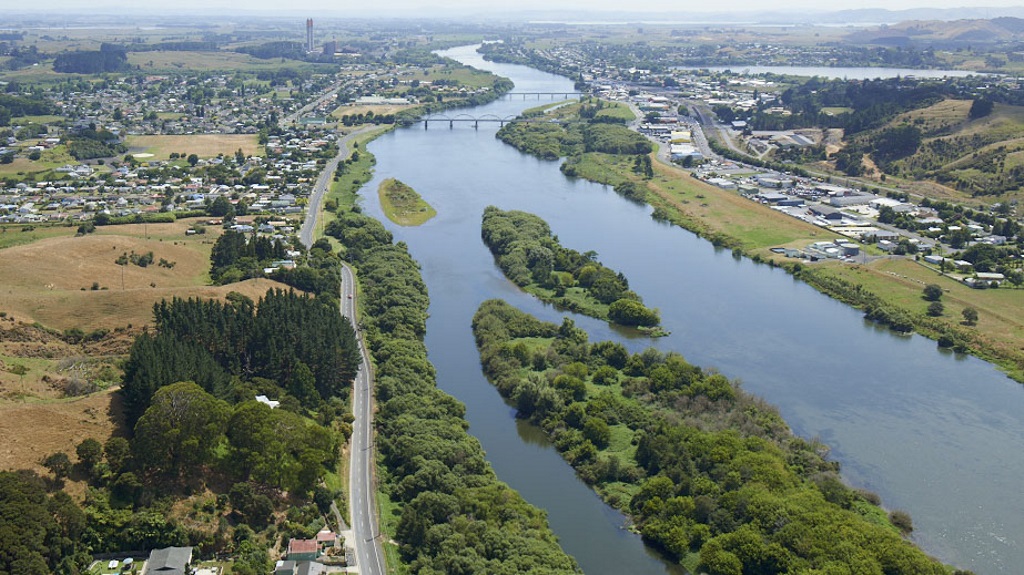From the Hunua Ranges in the north to the volcanic features of Karioi and Pirongia in the south, Waikato District boasts a number of outstanding natural landscapes and landscape features.
As part of the Council’s District Plan review, these landscapes and ‘outstanding natural features’ have been identified and evaluated in a district-wide study undertaken by environmental planning and design consultancy Boffa Miskell.
Lead consultant on the project, Boffa Miskell’s Rebecca Ryder, says, “The study provides guidance on the management methods for the landscapes and features identified, giving direction for the development of policies within the Waikato District Plan review.”
Together with the Outstanding Natural Landscapes (ONL) of the Hunua Ranges, Mt Karioi and Mt Pirongia, a dozen Outstanding Natural Features (ONF) have also been identified. These are Pouraureroa Stream Bush (Mangatawhiri), Waikato River and Wetlands (the river delta), Whangamarino Wetland, Lake Waikare, Lake Whangape, Taupiri Range, Te Hoe, Hakarimata Range, Kokako Hills, Wairenga (Bridal Veil Falls), Te Pahi (a large stand of native bush at the northern end of Aotea Harbour), and Oioroa (a sand dune area at the north head of Aotea Harbour).
Rebecca Ryder says outstanding landscapes and outstanding features of the landscape are evaluated on the basis of a range of criteria grouped into three broad categories – biophysical features (including geology and landform), sensory qualities (including the sights and sounds afforded), and associative meanings of a spiritual, cultural or social nature.
To include a Maaori world view approach in the Waikato District Landscape Study, a set of evaluation criteria was also established in collaboration with the Waikato District Council’s Iwi Reference Group. Based on Maaori culture and traditions, these provided the basis for a distinctive parallel evaluation of our landscape.
These Maaori criteria included mauri (life force) and mana (prestige), waahi tapu (sacredness), korero-o-mua (historical importance), rawa tuturu (customary resource), hiahia tuturu (resource important to the exercise of tikanga), and whakaaronui o te wa (contemporary relationships tangata whenua have with Maaori heritage places).
The study also identified a number of areas in the district as being ‘significant’. These are areas with high landscape value, but which lie below the threshold for identification as ONLs or ONFs.
Mapping our District’s Outstanding Natural Features




